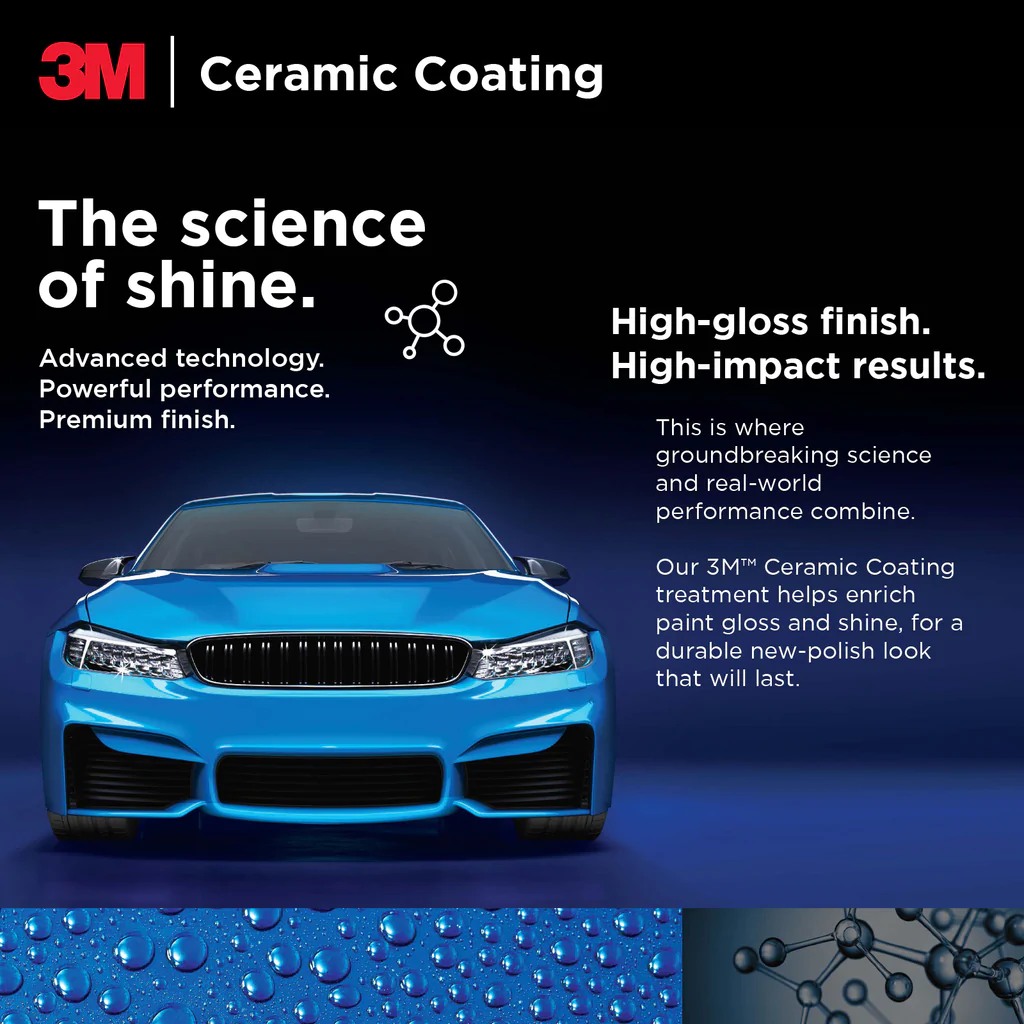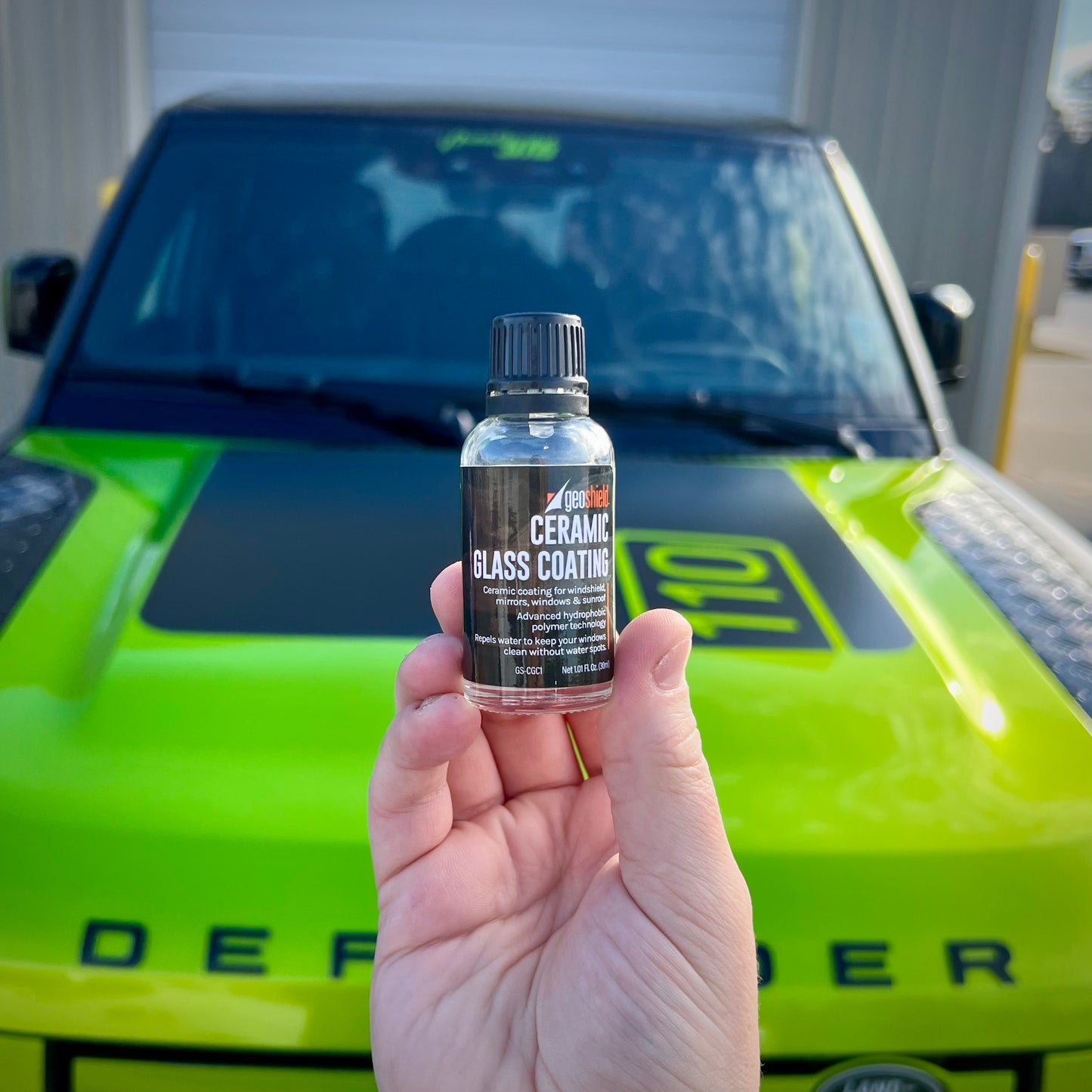Just How Ceramic Coating Philadelphia Enhances Your Lorry's Shine and Defense
Just How Ceramic Coating Philadelphia Enhances Your Lorry's Shine and Defense
Blog Article
Why Ceramic Finish Is the Ultimate Option for a Remarkable End Up
Ceramic finishing has emerged as a leading service for those seeking a perfect finish for their cars, thanks to its impressive sturdiness and safety attributes. What aspects genuinely set ceramic coating apart?
What Is Ceramic Coating?

When used properly, ceramic covering produces a hydrophobic surface area that drives away water and dust, making it simpler to clean and keep. Unlike traditional waxes or sealants, which commonly provide temporary security, ceramic coverings can last for numerous years, relying on the item top quality and application technique. The process of using ceramic layer needs thorough preparation, including thorough cleansing and often paint correction, to make sure ideal bonding and performance.
Ceramic coatings are not limited to automotive surface areas; they can additionally be made use of on different products, consisting of glass, metal, and plastics, giving a functional service for improving security. On the whole, ceramic finish represents a substantial advancement in surface area security innovation, integrating both useful and aesthetic advantages for a large array of applications.
Advantages of Ceramic Finish
While several surface area defense choices exist, the advantages of ceramic layer attract attention as a result of its distinct buildings and long-lasting efficiency. One of the key advantages is its remarkable sturdiness. Ceramic Coating Philadelphia. Unlike typical wax or sealants that require frequent reapplication, ceramic coverings offer a resistant layer that can last for a number of years, substantially decreasing upkeep efforts
Another significant benefit is improved defense versus environmental impurities. Ceramic finishes develop a hydrophobic surface area that drives away water, dirt, and various pollutants, making it much easier to clean up. This feature not only preserves the lorry's look yet likewise decreases the threat of rust and oxidation, especially in rough climate condition.
Furthermore, ceramic finishings supply remarkable resistance to UV rays, preventing fading and deterioration of paint with time. This UV security is crucial for maintaining the aesthetic worth of cars and surface areas exposed to route sunlight.
Furthermore, the shiny coating achieved with ceramic finishing boosts the overall aesthetic charm, providing surfaces a showroom-quality sparkle. Overall, ceramic coatings represent a substantial development in surface area security innovation, supplying long-lasting benefits that satisfy both aesthetic and useful needs.
How It Functions
Understanding the science behind ceramic layers discloses exactly how they give such impressive security and longevity. At its core, a ceramic coating is a fluid polymer that chemically bonds with the vehicle's manufacturing facility paint. This bonding produces a protective layer that is both oleophobic and hydrophobic, repelling water, dirt, and oil. The primary component of many ceramic finishings is silicon dioxide (SiO2), which is originated from quartz. This substance contributes to the covering's solidity and resistance to scrapes, UV rays, and environmental impurities.
The application process involves several actions, including surface preparation, which is essential to accomplishing optimal adhesion. Once used, the finishing goes through a treating procedure, during which it sets and develops a semi-permanent bond with the paint surface area. This bond is what distinguishes ceramic coverings from standard waxes and sealers, giving a longer-lasting safety obstacle that can withstand for years.
In addition, the thickness of the layer can boost its safety qualities, making sure that it can stand up to severe problems. Ultimately, the scientific research of ceramic layers combines advanced materials with innovative application methods to supply an exceptional level of security and visual enhancement for vehicles.
Contrast With Conventional Approaches
The advantages of ceramic coatings become specifically noticeable when contrasted to traditional paint protection approaches such as waxes and sealers. While waxes provide a short-term shine, commonly lasting a few weeks to a couple of months, ceramic coverings provide a lasting safety layer that can withstand for a number of years. This sturdiness dramatically lowers the frequency of reapplication, making ceramic coverings an extra cost-efficient remedy over time.
Additionally, typical approaches commonly require considerable prep work and multiple applications to achieve a sufficient level of security. In contrast, ceramic finishings bond at a molecular level with the car's surface, developing a robust guard versus ecological contaminants like UV rays, acid rainfall, and roadway salts. This bond enhances the automobile's resistance to scrapes and swirl marks, which prevail with standard waxes and sealers.
Additionally, the hydrophobic buildings of ceramic coatings drive away water and dust, bring about easier cleaning and upkeep. On the other hand, wax and sealant-treated surfaces can draw in gunk, requiring even more regular washing - Ceramic Coating Philadelphia. Overall, ceramic coverings not only give superior defense however likewise supply an extra visually attractive and enduring coating, developing them as the recommended selection for discerning vehicle owners
Application and Maintenance Tips

Making use of a foam applicator, apply the finish in tiny areas, following the producer's guidelines concerning density and overlap. Enable adequate healing site link time between coats, typically 24-hour, to make sure appropriate bonding. After application, it is vital to avoid exposure to water or rough components for at the very least a week to allow the finish to totally cure.
Furthermore, using a ceramic maintenance spray can improve the finish's hydrophobic residential properties and durability. Normal inspections for any type of signs of wear will certainly help maintain the coating's stability and preserve that excellent finish.
Verdict
In conclusion, ceramic covering becomes a remarkable option for achieving a perfect automotive coating. Its extraordinary resilience, protective qualities, and hydrophobic buildings significantly boost the automobile's appearance while streamlining upkeep initiatives. By developing a durable bond with manufacturing facility paint, ceramic layer efficiently guards against scratches, UV rays, and environmental impurities. With a life-span prolonging numerous years, this advanced service not only resource protects but also elevates the total visual allure of cars, making it an affordable investment for cars and truck have a peek here lovers.

Report this page